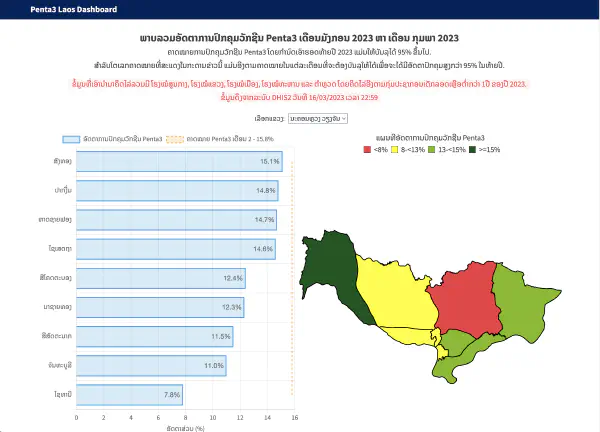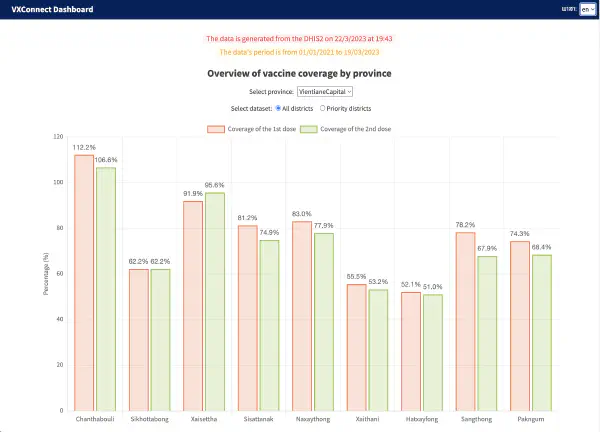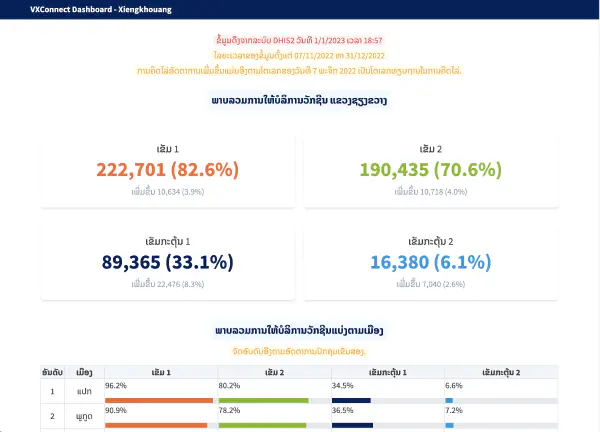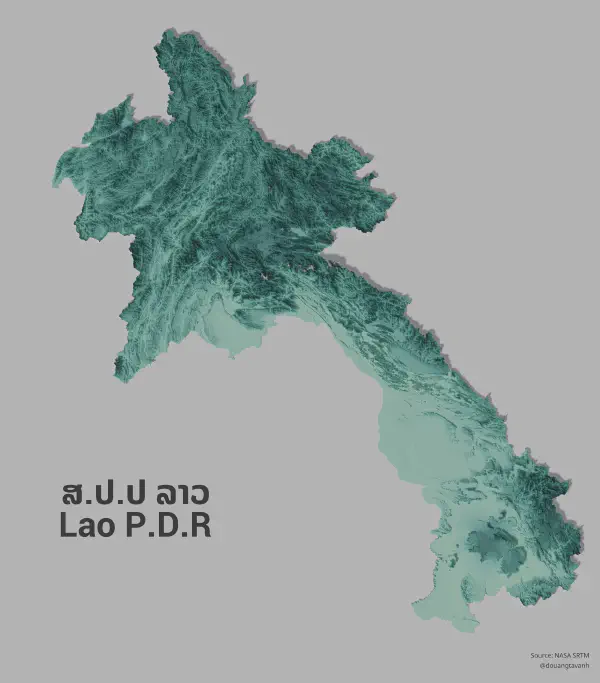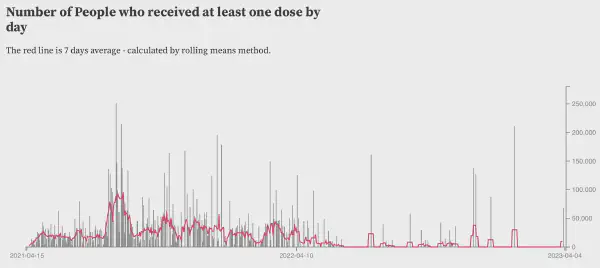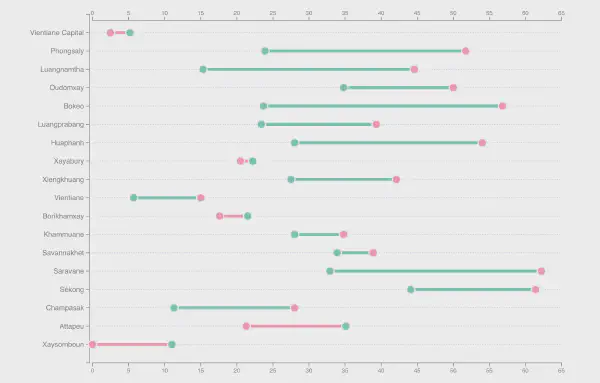Douangtavanh Kongphaly #
Hi there! 👋 I’m a data analyst who codes, visualizes and does statistically stuff on complex issues. Recently, I was a consultant for the United Nations Office for Disaster Risk Reduction (UNDRR) in the National Early Warning System Perception Survey. Before that, I worked for the World Health Organization Lao PDR as a COVID-19 vaccine data officer for the Vaccine-Preventable Diseases and Immunisation department. Apart from my full-time stuff, I am incredibly enthusiastic about technology. By nature, I love exploring, learning new stuff, and sharing it with others. 👉 You can find out what I’ve written so far by visiting this blog. Also, I’ve been interested in data and visualisation. Please check it out either on GitHub or Observable.

